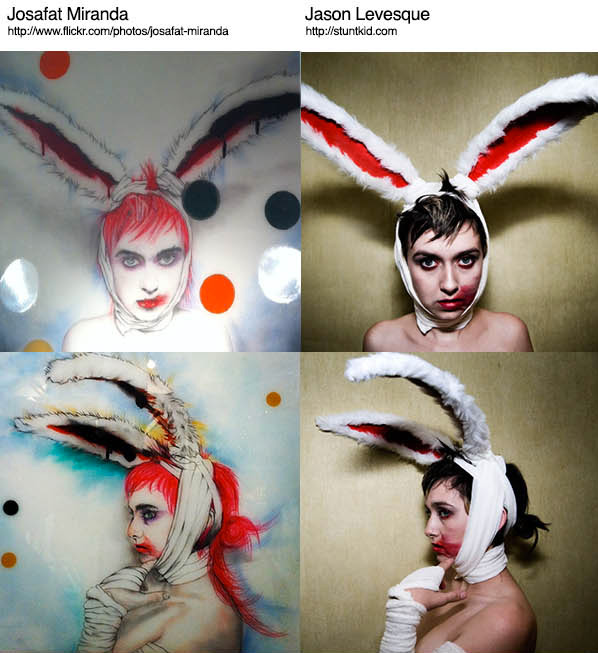Recently the media has been contending over whether or not bringing attention to horrific acts of violence is actually a way to encourage similar violence, or terrorist acts. Supporters of this notion assert that when the media covers tragedies, such as the Orlando Pulse shooting, they celebrate the shooter’s success in his objective. Others believe that internalizing such acts instead of having it broadcasted on the media is a way to prevent copy-cat crimes from occurring. The media is not the only source that reflects and reports crimes; art exhibitions, graffiti, movie/book replications are all forms of memorialization. However, in this case the key difference between media coverage, and art expression is that art serves as a tribute to those affected, while media coverage serves as an explanatory platform, in which the details of the crime, name of the offender and the objective are all revealed. I believe that perhaps not exposing the name of the offender in a broadcasting, overshadowing way, will prevent viewers from being enveloped in the the nuances of the crime and the offender’s process of deliberation. An element of Jonathan Weinberg’s “49+” exhibit will feature figured made from two identical pieces of plexiglass connected by a middle insert. The exhibit is dedicated to those who died at the Pulse nightclub. It is a way to commemorate their lives through Weinberg’s manipulation of colors, lines, light and form. In my opinion, art exhibits and similar forms of tribute are a necessary way to celebrate the lives of those lost, without celebrating the one who committed the crime.
#masskilling #orlando #art








I think there is an important conversation to be had on how we report on criminals. I do not like when the news shows specific details of crimes and makes mass shooters’ or murderers’ faces and names well known. Like post mentions, this is dangerous in glorifying criminals and encouraging copycats. However I would like to bring this into the larger context of criminology. Something that I have found disturbing in class is putting the photo of a criminal up on the lecture slides. Furthermore most photos of these people who have done awful things such as mass shootings or murdered others, are normal photos. They are not mugshots. To me, the subject of criminology inadvertently glorifies criminals. There is something about seeing the face of a killer displayed in an educational setting that I absolutely do not like. It is giving too much attention and time dedicated to the horrific act and not on the victims like the artwork in this post is successfully doing. I think art is an excellent medium in the remembrance of victims and there should be more considering how many shootings there have been in America.